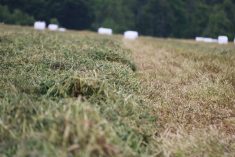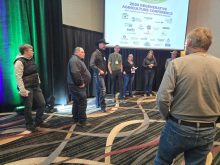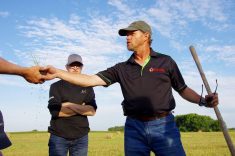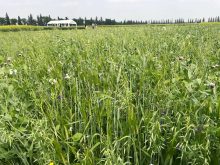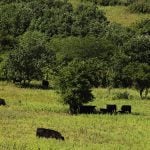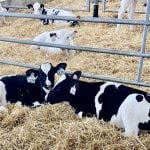A site to link landowners who have pastures or cover crop fields for grazing with livestock owners in search of pasture went live on January 27.
The Manitoba Grazing Exchange was created through a partnership between the Manitoba Organic Alliance (MOA) and the Manitoba Forage and Grassland Association.
The site allows livestock and crop producers to place pins on a map indicating where their farms are and to set up a profile that lists what they have to offer and what they’re looking for.
Read Also
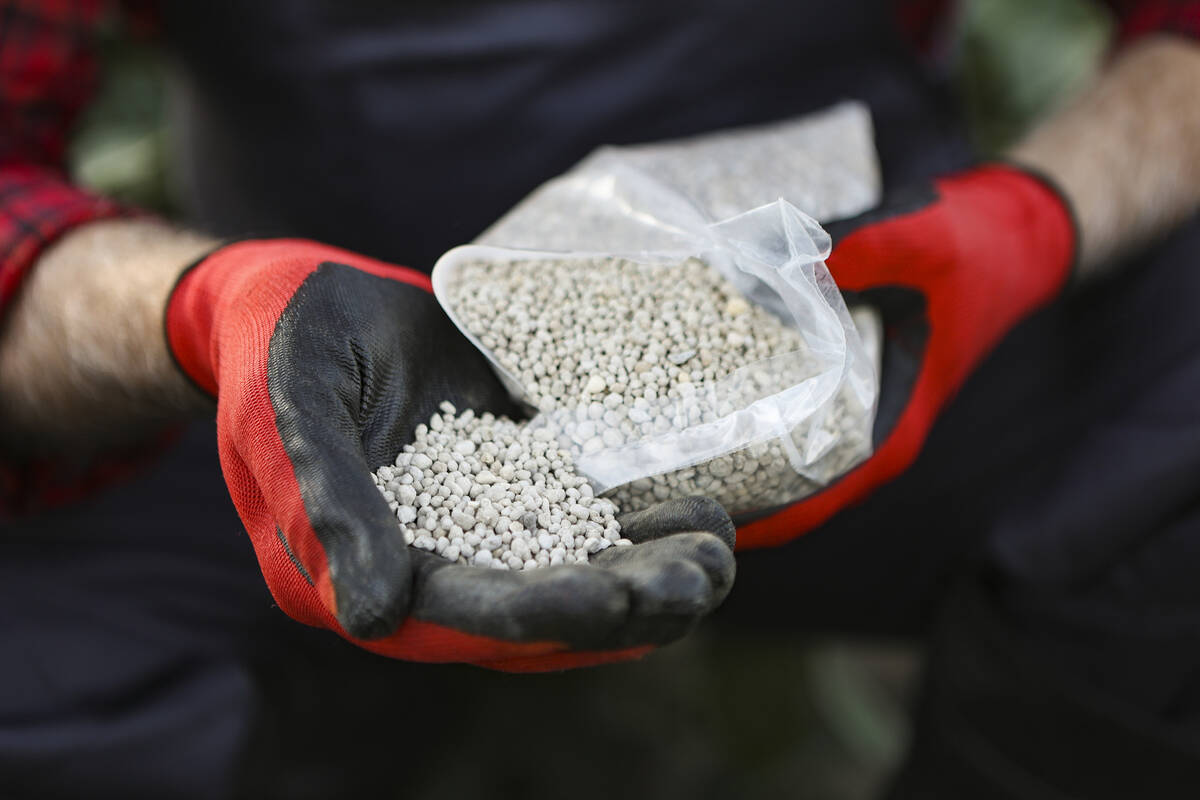
Fertilizer label changes called costly, unnecessary
Canada’s bulk fertilizer makers now have until July 2026 to update their labels, but industry says rules will be expensive, slow shipments to farmers and won’t actually make the system safer.
For instance, they have beef cattle and are looking to graze in spring and summer, are willing to haul water, or they have 150 acres of cover crops to graze, have temporary fence available, etcetera.
The idea is that producers can then search the map for opportunities near them.
All farmers are invited to use the site.
Potential benefits for integrating livestock into crop systems include breaking down the residue to improve the carbon-to-nitrogen ratio, and to manage the residue for no-till seeding; keeping nutrients on the land; cycling nutrients to improve soil fertility; and alternative feed during drought, the Manitoba Grazing Exchange’s site says.
Organic farmer and MOA program director Karen Klassen teamed up with a neighbour to graze his cattle on her land, she told the Co-operator in a December interview.
The cattle ate or trampled the green manure and turned it into “brown manure,” she said.
“It’s beneficial for me to have (cattle) on the land, and it was definitely beneficial for him as well to have really nutritious, healthy food for his cattle in a drought year where almost everything else was drying up,” Klassen said.
“I don’t want to have livestock, so this is like the perfect way to get livestock back on the land without having to become a livestock farmer.”
Visit manitobagrazingexchange.com for more information.




